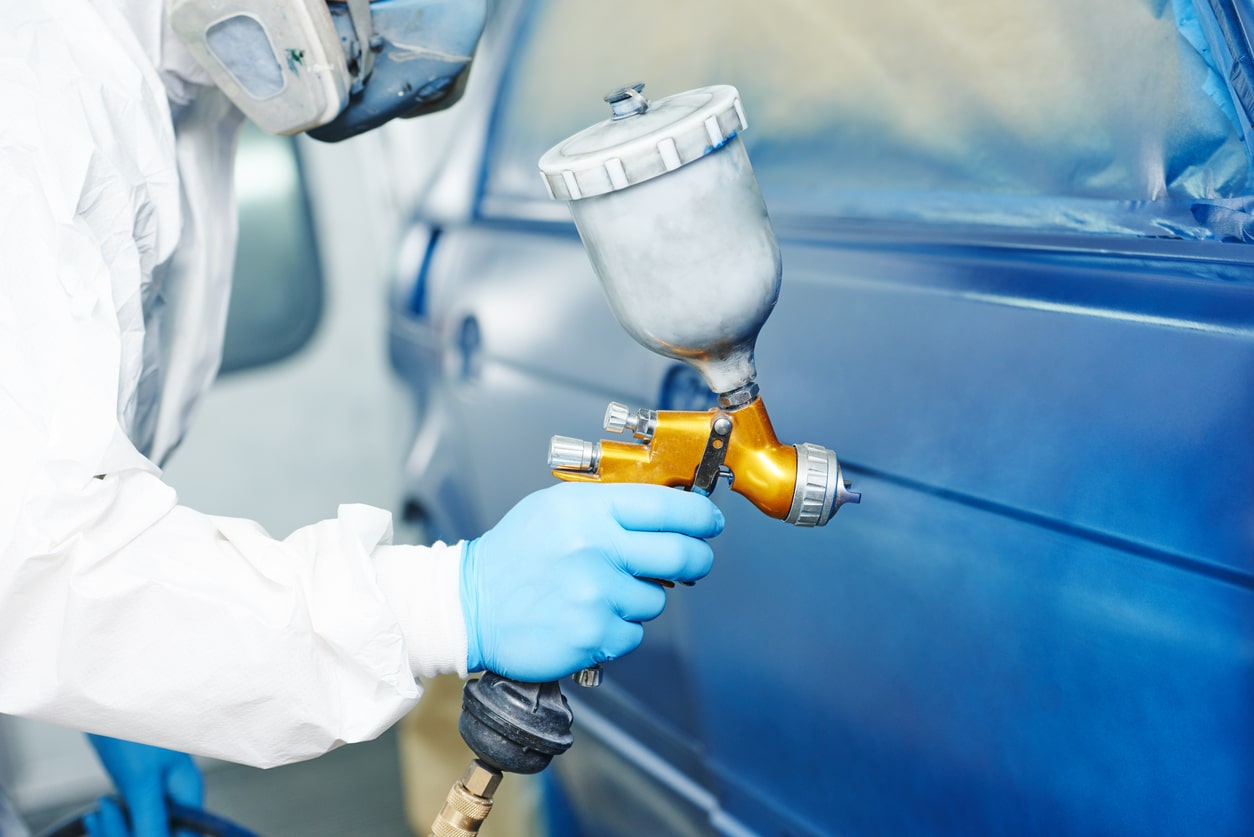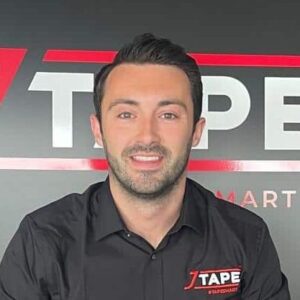Priming is a crucial step in any painting process, and this is especially true when it comes to automotive painting. Creating an adequate base, whether you’re giving a car a much-needed respray or carrying out SMART repairs deeper on the vehicle’s surface, is the best way to ensure you achieve an excellent finish free from bubbling, flaking or chipping.
In this guide, we’ll be exploring the importance of car paint primer and comparing the different types available for various purposes.
The importance of primer
In the automotive industry, primer is essential not only for achieving the best finish but also for providing excellent paint services to customers. So, why do automotive professionals value this product so much? It all starts with what it can do.
Consistency-wise, primer shares some similarities with paint. It’s typically applied over freshly sanded surfaces using a spray gun or brush, just as you would with the base and clear coats. It also needs to dry fully between coats. So, while this might seem like an extra step, the main reason for it being so important is that it provides a smooth surface for your base coat to stick to. This means that you don’t need to worry about any small imperfections showing through when the paint job is complete, and you can avoid any peeling, flaking or bubbling. Some primers also have filling capabilities and can offer water and weather resistance.
Understanding the difference between a primer and a surfacer
Surfacers and primers can sometimes be used interchangeably, but they do have a few distinct differences. A surfacer is created with a slightly thicker consistency so that it can be used to prime and fill. This means it can be used to provide a uniform surface that the base and clear coats can stick to. Meanwhile, a primer’s primary job is to prepare the surface for adhesion with automotive paints. Although some can have filler properties, a surfacer is the best choice for properly priming and preparing a vehicle with more imperfections and blemishes.
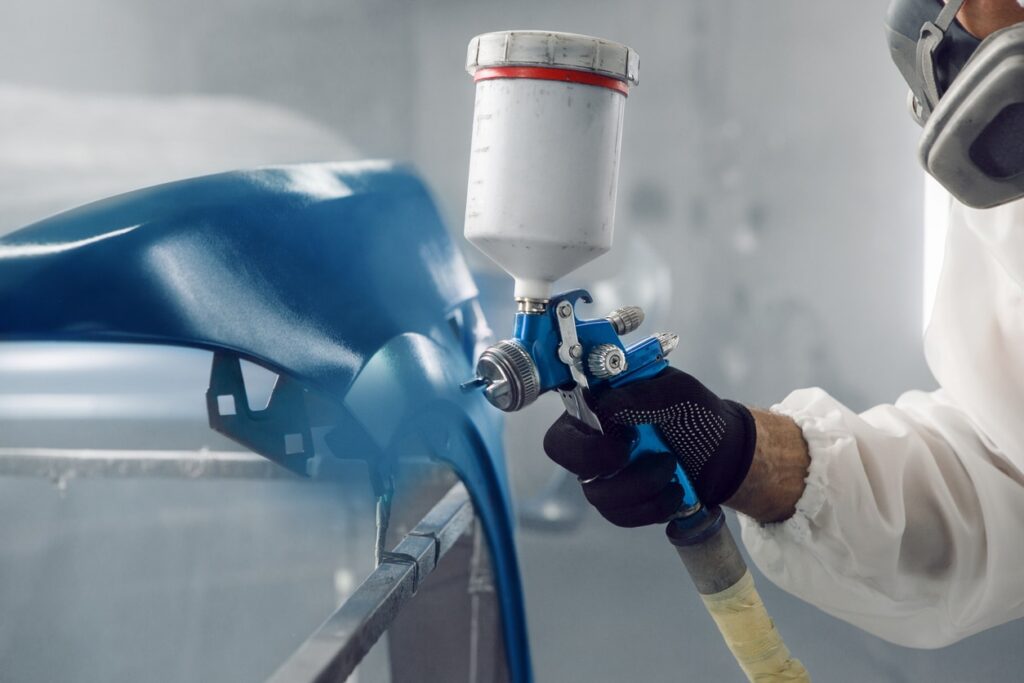
The three ‘main’ types of automotive primer
Just as there are multiple types of automotive paint available depending on the application, there are also a few different automotive primers to choose from. Below are some of the most popular ones in comparison with one another.
Epoxy primer
Epoxy primer is formulated to provide excellent paint adhesion alongside offering corrosion resistance when applied to bare metal. Therefore, this primer is best to use when you’re working from a completely blank canvas. However, it’s worth noting that epoxy primers offering protection from corrosion can be difficult to sand between coats compared to other primer options. Regardless, this is a good choice for the majority of car paint applications.
Etch primer
Etch primer is another good all-rounder. Again, it doesn’t offer corrosion prevention, but it can provide a strong bonding surface for paint to stick to. The main benefit of using etch primer is that it can be used alongside a sealer or rust preventative to help combat corrosion. It can also dry quicker than other primer options, which makes it ideal for speeding up the repair process.
Urethane primer
Urethane primer can sometimes be referred to as primer filler because it can be used to fill imperfections on the surface of a vehicle. While this type of primer is easier to sand between coats than an epoxy primer, it often doesn’t provide a good level of corrosion protection.
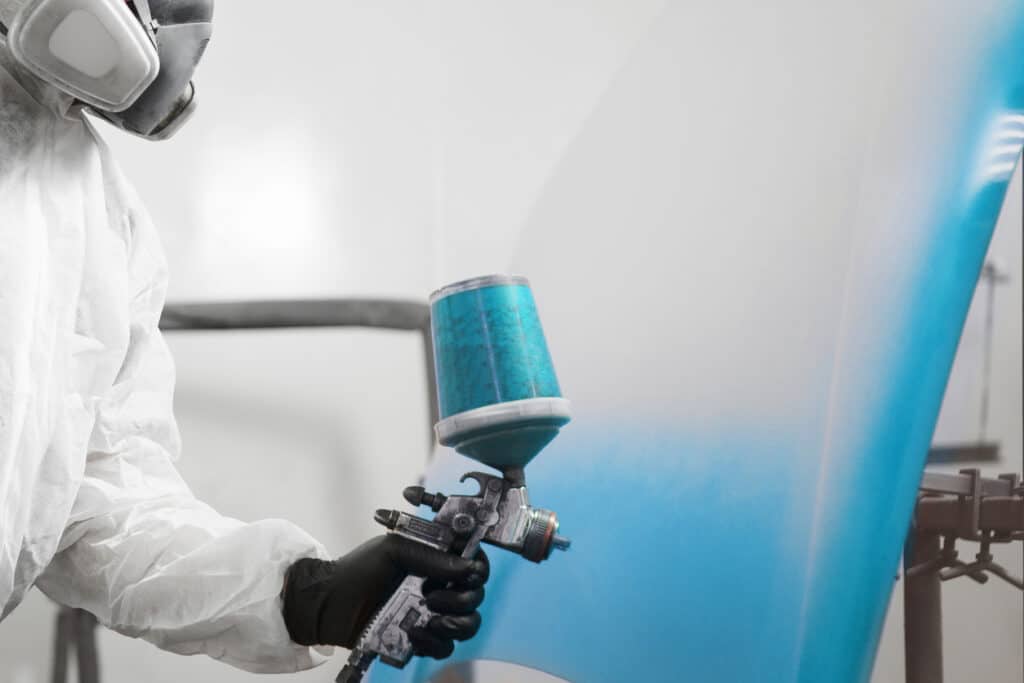
Other automotive primer types
While the three primers above are some of the most common, they aren’t the only choices. Other automotive primers include polyester, enamel and lacquer, which we’ll go into more detail about below.
Polyester primer
Looking for a primer that can double as a kind of filler? Polyester primer might be the way to go. It can fill small imperfections and blemishes on a vehicle’s surface, while also providing a well-prepared surface for paint to bond to. However, one of its disadvantages is that it can be brittle and prone to cracking. As a result, it’s usually not chosen for working on an entire vehicle like a urethane primer can. Instead, this primer is best suited to working on small repairs.
Enamel primer
Enamel primers are most similar to epoxy because they provide an ideal base for the automotive paint to adhere alongside offering good corrosion resistance. These primers can also be cheaper than other options, which makes them popular for some automotive professionals.
Lacquer primer
While lacquer primer is quick-drying and easy to sand, it can crack and bubble when used over larger areas. Therefore, this type of primer is usually only used under a corrosion prevention sealant layer on smaller paintwork jobs.
Your other primer questions, answered
What is 1K and 2K primer?
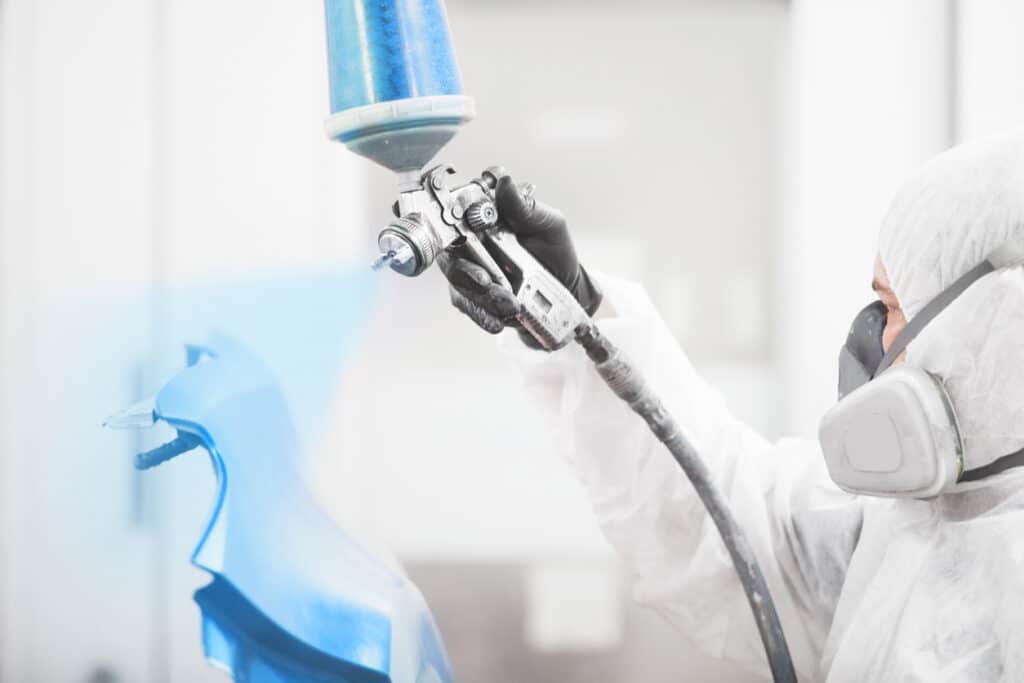
1K primer is a single-component formulation ready to use straight away without mixing.
This means it can be used straight away, making the application process easier. So, when there is less time available, this type of primer can be the ideal option. Meanwhile, 2K primers have two components that must be mixed before application. This is usually a mix between the primer and a hardener, which creates a more durable primer. However, this process can take longer, which is why it’s usually only used with chemical-based paints since these require a more stable base.
What is the difference between high-build primer and regular primer?
High-build primers have a thicker consistency than normal primers because they contain a higher solids content. When it comes to the application, a thicker surface can then be created to fill dents, scratches and any unevenness on a vehicle’s surface. Regular primers like epoxy and etch are better for use when the surface is already smooth and blemish-free.
Before choosing your primer, always check the product sheets of your automotive paint for any further guidance. To discover our range of masking tapes that can help with the priming and painting process, head to the JTAPE product page.
